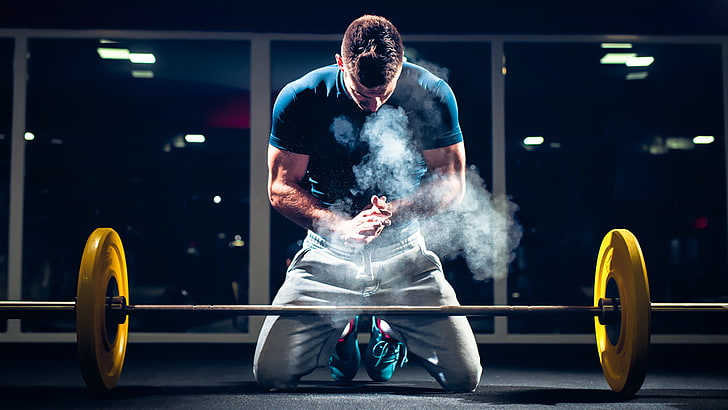In the world of sports and fitness, achieving peak performance is the ultimate goal. However, for athletes who smoke, the impact of tobacco on their physical abilities and overall well-being can’t be ignored. In this comprehensive review, we’ll delve into the complex relationship between smoking and athletic performance, shedding light on the effects of smoking on the body and exploring ways to mitigate its negative impact on sports performance.
Understanding the Impact of Smoking:
Smoking and Athletic Performance is widely recognized as a leading cause of preventable death and disease worldwide. The harmful effects of smoking on various aspects of health, including cardiovascular health, respiratory function, and overall fitness, are well-documented. For athletes, these effects can be particularly detrimental, as they can impair physical performance and hinder athletic potential.
Cardiovascular Health:
One of the most significant impacts of smoking on athletic performance is its detrimental effect on cardiovascular health. Smoking is a major risk factor for heart disease, as it can lead to the narrowing of blood vessels, increased blood pressure, and reduced oxygen delivery to tissues. For athletes, this can translate to decreased endurance, diminished stamina, and impaired recovery times – all of which can significantly impact performance on the field or in the gym.
Respiratory Function:
In addition to its effects on the heart and circulatory system, smoking also has a profound impact on respiratory function. The toxins and chemicals present in cigarette smoke can damage the lungs and airways, leading to decreased lung capacity, impaired oxygen uptake, and reduced respiratory efficiency. For athletes who rely on optimal lung function to power their performance, smoking can pose a serious obstacle to achieving their full athletic potential.
Physical Fitness:
Smoking can also compromise overall physical fitness and athletic performance in numerous ways. From decreased muscle strength and endurance to impaired flexibility and coordination, the effects of smoking on physical fitness are far-reaching. Furthermore, smoking can impair recovery from exercise-induced muscle damage, prolonging recovery times and increasing the risk of injury – both of which can hinder athletic progress and performance.
Mitigating the Negative Impact:
While the negative impact of smoking on athletic performance is undeniable, there are steps that athletes can take to mitigate its effects and improve their overall health and well-being. Quitting smoking is, of course, the most effective way to reduce the harmful effects of tobacco on the body. In addition to quitting smoking, athletes can also focus on adopting healthy lifestyle habits, such as regular exercise, balanced nutrition, and adequate hydration, to optimize their physical performance and enhance their athletic potential.
Conclusion: Putting Health First
In conclusion, the relationship between smoking and athletic performance is clear – smoking poses significant risks to cardiovascular health, respiratory function, and overall physical fitness, all of which can impair athletic performance and hinder athletic potential. However, by understanding the negative impact of smoking and taking proactive steps to quit smoking and adopt healthy lifestyle habits, athletes can prioritize their health and well-being, optimize their physical performance, and achieve their goals both on and off the field.
